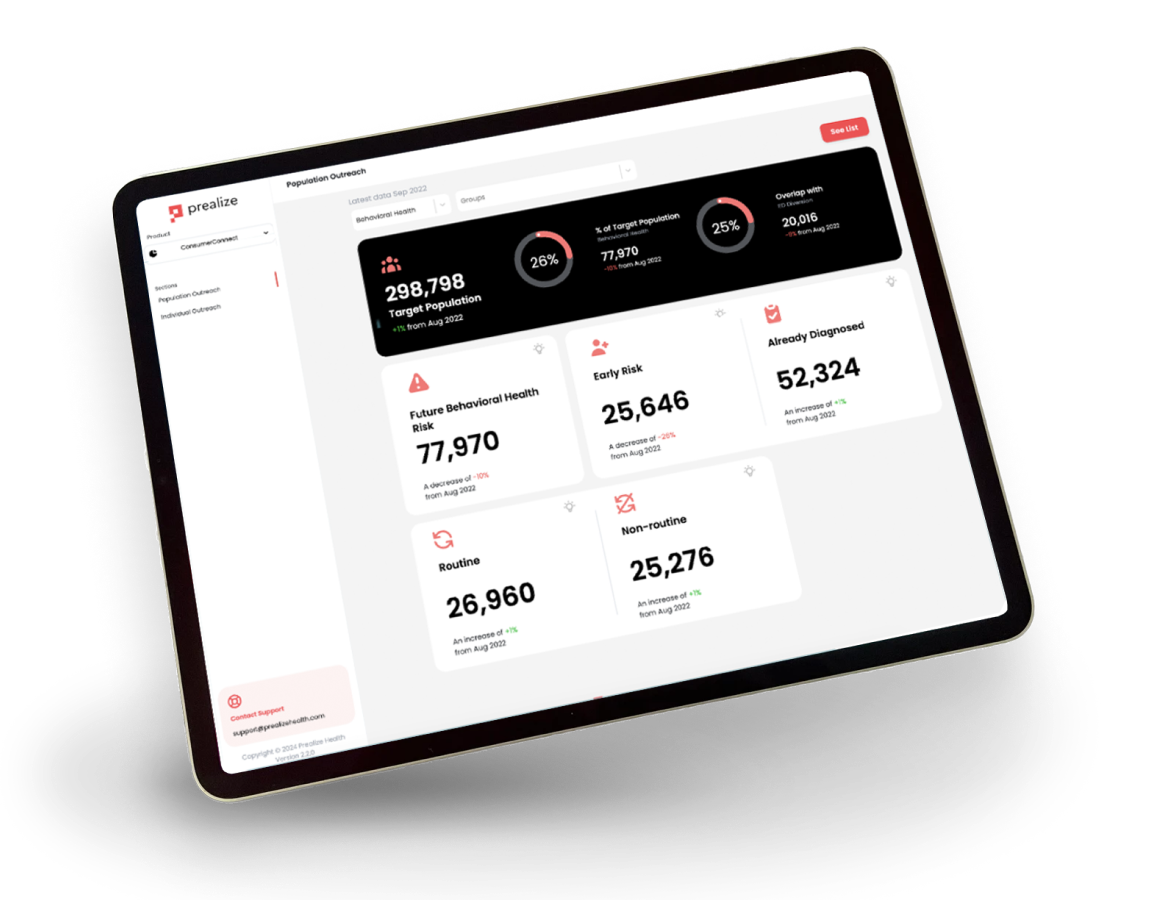
Demystifying Model Artifacts: Do AI Models Store Patient Data?
As AI continues to revolutionize healthcare, one question keeps surfacing: Do trained AI models store patient data? Healthcare payers and providers alike worry about data privacy when sharing or deploying AI models. The concern is valid—after all, protecting patient information is not just a legal requirement but also an ethical obligation.
Large language models (LLMs), like those powering ChatGPT, present a unique privacy challenge in healthcare. If trained on datasets containing patient information, these models can inadvertently memorize and reproduce personally identifiable information (PII) if the data isn’t rigorously de-identified. This occurs because LLMs are designed to recognize and replicate patterns within their training data; without explicit instructions or fine-tuning to differentiate sensitive data, they may inadvertently reveal names, dates of birth, or addresses, posing a significant risk to patient privacy.
When proper safeguards are in place, AI models are trained to recognize patterns, not memorize personal details. With strong privacy protections, healthcare organizations can confidently leverage AI without the risk of exposing patient data.
In this post, we’ll break down what a model artifact is, whether it retains sensitive patient data, and what security measures ensure compliance with HIPAA regulations.
What is a Model Artifact?
A model artifact is the output of a trained AI model—it’s the final product that can be used for making predictions. But what exactly does it contain?
A typical model artifact includes:
- Model Weights – The numerical parameters the model learns during training.
- Model Architecture – The structure, including layers, activation functions, and how data flows through the model.
- Preprocessing Steps – Any transformations applied to input data before feeding it into the model.
- Metadata – Training conditions, dataset versions, and hyperparameter configurations.
- Inference Code – In some cases, additional scripts for processing new data and generating predictions.
Key Takeaway: A model artifact does NOT contain raw patient records—it only retains statistical patterns that help it make predictions.
Do Model Weights Store Patient Data?
One of the biggest concerns is whether model weights—the core learned parameters—can expose sensitive patient data. The answer is no, not directly, if proper privacy-preserving techniques are used during model training.
What Model Weights Actually Do:
- Model weights are adjusted based on training data, but they do not store individual patient records.
- They capture patterns and relationships, such as “high cholesterol is correlated with heart disease,” rather than raw patient details.
- Once trained, the model can make predictions without needing access to original patient data.
How Transformer Model Weights Work
Token Embeddings (Learned Weights)
Each input token (like a word or medical code) is converted into a high-dimensional vector called an embedding. These embeddings are learned during training and stored in the model—essentially capturing semantic meaning based on context.
Self-Attention Mechanism
In the attention layers, the model calculates how much each token should attend to every other token in the input sequence. It does this by computing attention scores and producing weighted combinations of token embeddings. This allows the model to focus on the most relevant context for each word or code.
For example, in the phrase “Patient has knee pain”, a code like ICD10 M25.56 (with multiple past occurrences) might receive higher attention during a diagnosis task.
Final Prediction
After passing through multiple layers of attention and transformations, the model produces an output—such as: “Knee Surgery Risk: 85% within next 12 months.”
The model retains only the learned weights, not the raw patient data.
How to Ensure AI Model Privacy & Security?
To further protect patient data, AI developers can implement several security measures:
- Data Anonymization & De-Identification – Removes personal identifiers before training.
- Federated Learning – Trains models across multiple sources without centralizing patient data.
- Secure Enclaves – Ensures inference is performed in a secure environment without exposing raw data.
- Access Controls & Audits – Limits who can use and inspect the model artifact.
Why This Matters: These techniques ensure that a trained AI model can be safely shared or deployed without compromising patient privacy—making it secure for any healthcare payer or provider to use cases.
Final Thoughts: Can AI Models Be Used Safely in Healthcare?
The short answer is yes—when proper safeguards are in place. AI models are trained to recognize patterns, not memorize personal details. With strong privacy protections, healthcare organizations can confidently leverage AI without the risk of exposing patient data.
If you’re evaluating an AI solution for healthcare, always ask:
- What privacy measures are in place?
- Has the model been audited for compliance?
- Does it align with HIPAA regulations?
By prioritizing these safeguards, AI can continue to drive innovation in healthcare while maintaining trust, security, and compliance.
Want to learn more about AI in healthcare? Contact us today!
Author
Sri Gopalsamy- Chief Technology Officer

Experience the Prealize Difference
We invite you to experience the transformative power of unparalleled accuracy. Request a demo today and see how Prealize can empower your organization to achieve better health outcomes, reduced costs, and a new era or proactive care.